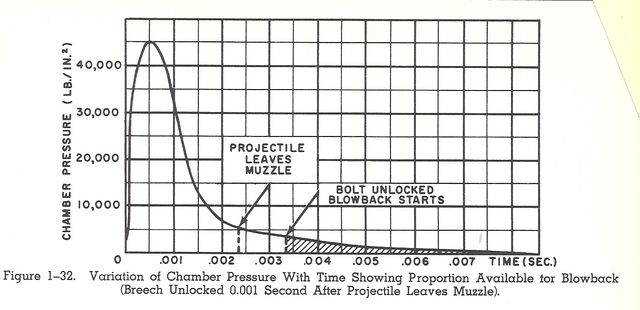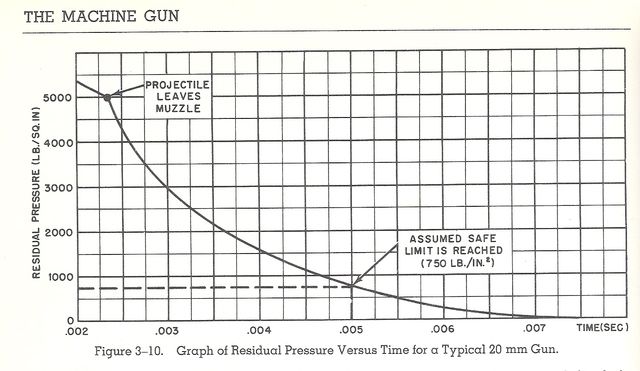Unfortunately,right at the moment I'm not sure where my copy of the book is.
Precision Shooting mag put out some reloading guides,and among them was "Reloading for High Power."
I read it more than once,and my recall of what was written is pretty clear.
The author advocated for the RCBS precision mic.
He said to measure cartridges that had been fired in your rifle.Then via the Precision mic,you gradually screw down the die till you get the desired shoulder setback.
I remember that different brands or lots of brass may not get the same shoulder setback at the same die setting.
You may have to set your dies slightly different for LC vs WW brass,for example.
IMO,its a mistake to use factory loaded cartridges for your "Template"They are not a gage,you don't know where they tolerance,etc.
What is critical to maintain is the appropriate amount of ammo to chamber clearance so the mechanism can reliably lock.
For our discussion I will call it head clearance.
The author from Precision Shooting advocated for .002 setback,or head clearance for BOLT ACTION RIFLES ONLY.
Now,at this point,I'm a touch fuzzier on my recall,as I did not yet have a Garand,but I'm pretty sure the spec was .004 for AR type rifles and for Garand/M1A it was .006.
The author was adamant about the larger clearance for these rifles.Apparently he understood this kaboom thing pretty well.His point was about "not fully in battery firing"
There will be some varability in your sizing process..002 is enough with a bolt rifle.You close the bolt.
The Garand recoil spring must overcome worst case...tight ammo,a crunch of unburned powder,etc.It has to fall into lockup easily.
OK,I can hear it already.
"What??? .006 thousandths!!!What about my brass life!!!I'll get stretch rings by 4 or 5 reloadings!!
Yes,you will. And if you run at .002 clearance,...you try to figure out why your rifle blew up.Use the paper clip trick,be moderate with pressures,and if the paper clip says trash that lot of brass..thats life.
When they designed those fine battle rifles,they just did not consider how many times you could reload the brass.
So,my main message,.002 is not enough.
OK,so now,you get your new ,fresh factory ammo or virgin brass load.You shoot it in your rifle.You carefully use your RCBS mic tofind your ideal .006 clearance..Great!!
Now,drop the sized brass or loaded round in your Wilson or other case gage.
It should be within the hi/lo limit.Right now,you can take a measurement over the bushing and case head.A good,relable,accurate caliper will do.Write THAT number in your die box lid with a sharpy.
With the bushing gage and your calipers,you have a standard check.
I'm not to sure about some of the details of this story.The multiple bolt drop thing bothers me.Maybe if it had been clipped up for years,who know what verdigris or mud dauber nest was hidden inside the clip.A gungy ammo situation that was not apparent outside the clip could do it.
I do not pretend to have the answer.
Folks recommending .002 clearance is what I had to address.Its wrong,and will wreck more Garands.
OP,....My respects to your Wife.
You would never have known she would replace your M-1 had you not blown the first one up.




